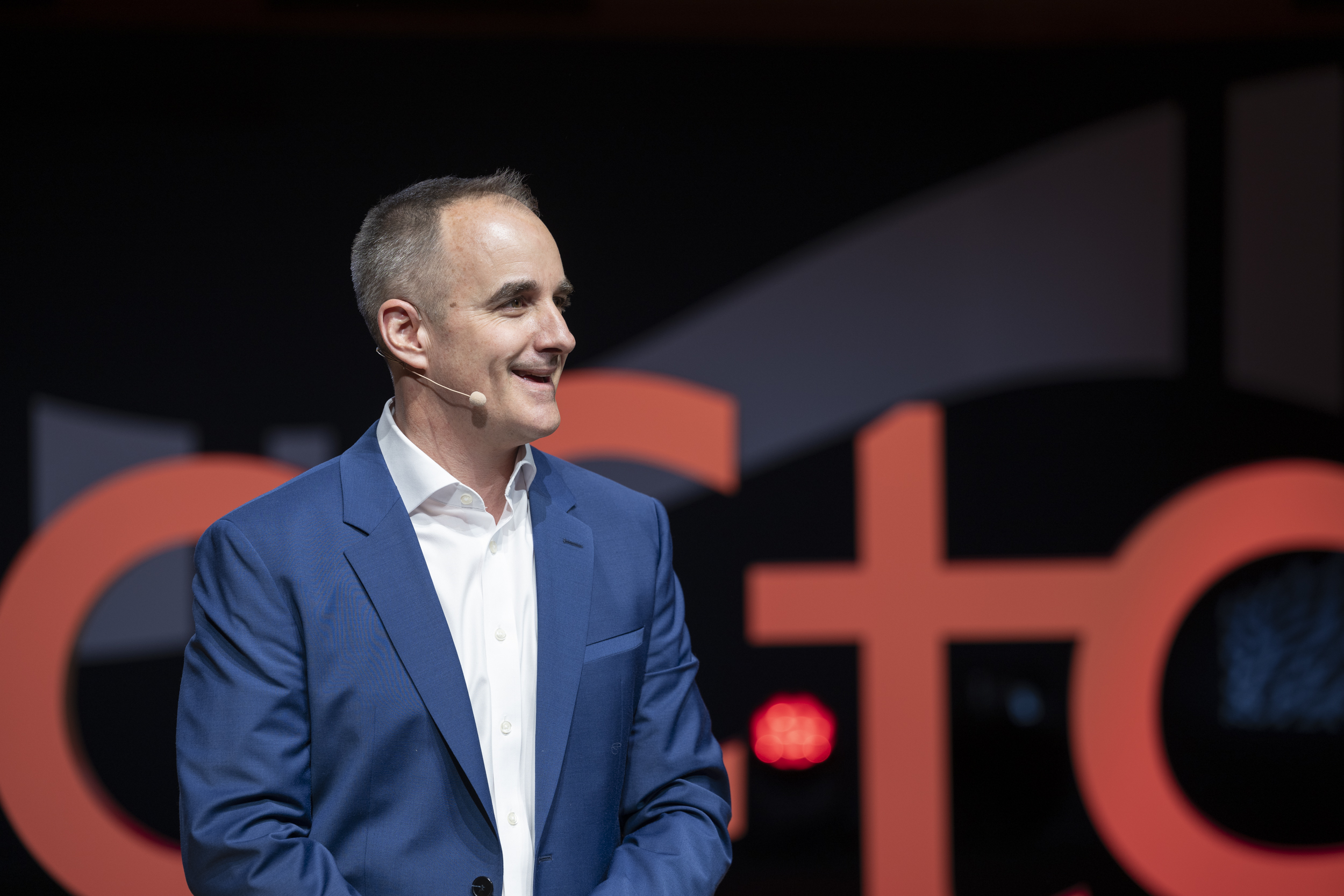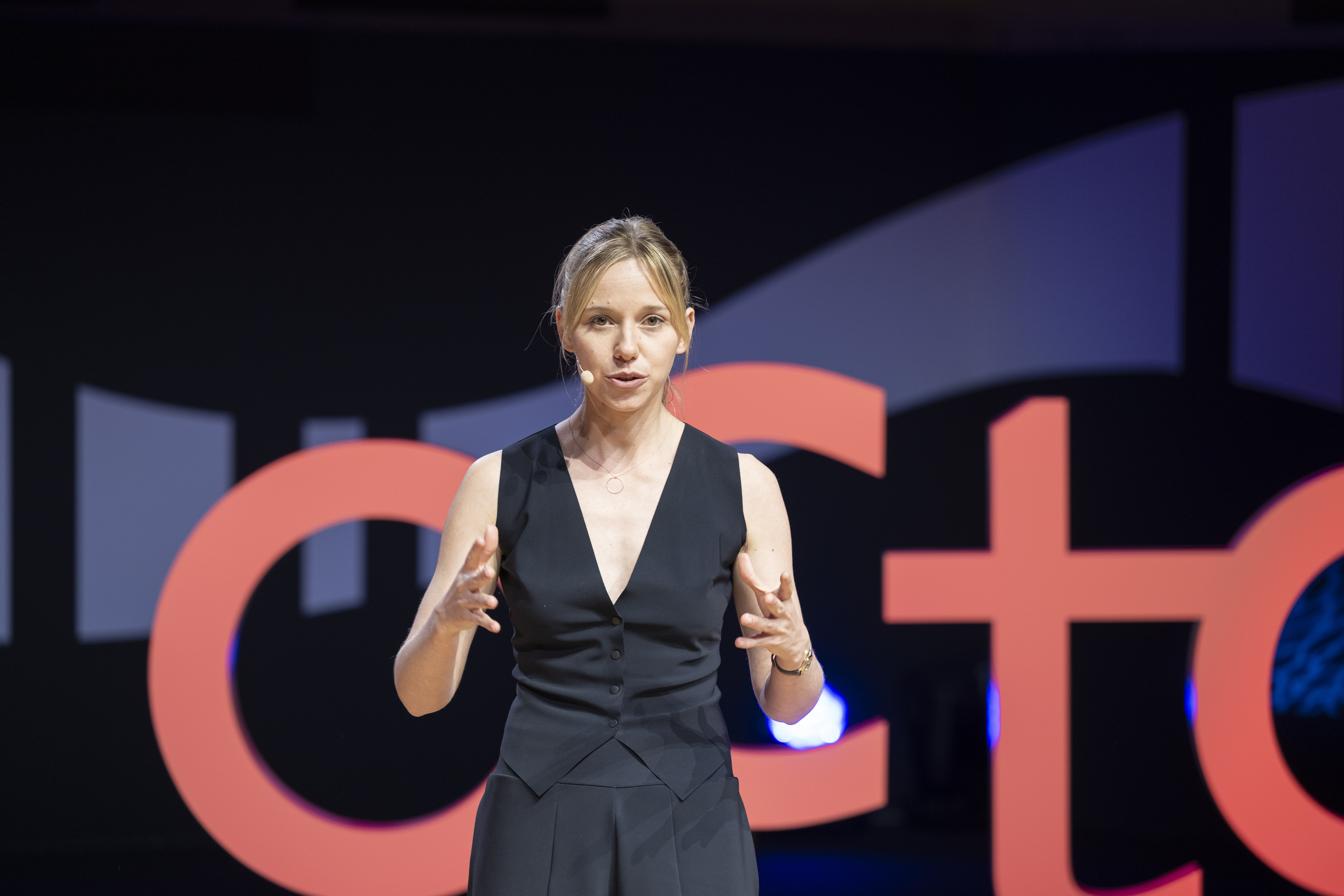Neuroscience & management, separating truth from fiction
Neuroscience & management, separating truth from fiction!
Neuroscience is a fascinating field of research. Since brain imaging started becoming widely developed in the 1990s, more is being discovered every single day about the cognitive mechanisms that shape our reactions and relationships. But the work of neuroscientists is sometimes oversimplified by people keen to apply their findings to management. Let’s sift through myths and find out how proven scientific facts about neuroscience can be used to enhance the instinctive human side of management.
Right brain/left brain
What we notice: The human brain is made up of two hemispheres: one is said to be the seat of rationality and analysis, the second of emotions, communication and creativity. Each person has a dominant side. And there are some who believe gender has an impact on which side that is; women are said to be more right-brained.
What we know: Our brain is made up of two hemispheres. And these two hemispheres have different jobs to do: language is most often processed by the left hemisphere; while the perception of images is the domain of the right hemisphere. The two interact constantly, and are connected to each other with nerve fibers.
What the risk is for management: The idea that some of us are more “left brained” and others more “right brained” has no real scientific foundation. There’s no denying that we all have our own dominant personality traits, preferences, skills, reactions, perceptions of ourselves, and ways of expressing those perceptions… But there is no need to go through a brain scan to find out what they are!
The right brain/left brain rhetoric is a thorny issue in management, because it tends to make people assign characteristics to such or such an individual that might trap them in an essentialist approach that leads to stereotyping, even stripping people of opportunities. Let’s say you have a co-worker who has had an MRI that reveals one side of her brain is more developed than the other. You are not her neurosurgeon, so you should still go on treating her as a unique person who can speak for herself… And who could still change some of her personality traits as she goes through different experiences in life.
Empathy neurons
What we notice: “Mirror neurons” are sometimes called “empathy neurons”. They are said to be what allows us to understand the needs of another person simply by observing them, without having to live through the same experience.
What we know: Medical imagery has shown that when an individual observes another individual performing certain tasks, so-called “mirror” neurons are triggered when the second person reproduces the same movements. This effectively indicates that simply by seeing something, we have enough information to understand and reproduce it.
What the risk is for management: This observation does not prove that mirror neurons are the same as empathy neurons. Empathy is a complex and changeable relational process based on psycho-cognitive, cultural and social mechanisms, as well as other contextual elements that make it easier or more difficult for people to “put themselves in somebody else’s shoes”.
Saying that empathy depends solely on how mirror neurons are wired in the brain means that a person who does not show enough empathy could be accused of not being physically able to do so. But an individual’s ability to develop and express empathy also depends on the quality of their relationships, the trust they have in others and in the world around them.
The heart-brain system
What we notice: The heart has its own neurons, and in some situations, the brain receives its instructions from the heart through the speed at which it beats. So there’s the proof! You can listen to your heart, and it isn’t just about mindless sensations and intuitions.
What we know: Patients incapable of communication using speech (or other forms of language) due to neurological conditions, respond to stimuli using heart rates. This is because the heart can send signals to its independent nervous system, which contains more than 40,000 neurons.
What the risk is for management: We all express ourselves using words, as well as a multitude of non-verbal signs. The problem with “non-verbal” communication is that sometimes it can be extremely difficult to interpret. Even though it is useful and relevant to encourage people to listen to their emotions, accept their feelings and identify their physiological reactions; it is problematic to think that you can read them like books merely by looking for a blushing cheek, a shifty gaze, restless hands or a heart that quickens or slows.
The social brain
What we notice: If you have a good relationship with the world around you, you will be more efficient and enjoy a longer, healthier life. This seems like basic common sense, but it is actually scientifically proven!
What we know: Medical imagery has shown that certain parts of the brain are only activated when we come into contact with other people. In addition, brain damage has been observed in people who have suffered prolonged isolation against their will (hostages, recluses, etc.).
What the risk is for management: Social interaction is essential for learning and developing skills, nurturing self-esteem and “relational intelligence”, being stimulated and simply feeling alive! But watch out. This is not a license to force shy people into the spotlight and shake up introverts. It is not condoning the need for solitude that some people feel more than others, nor is it giving permission to make judgments about people who, whether by choice or by force, have a more limited circle of friends and family than the social butterflies that flutter around online or in “real life”. It’s also important not to fall into the trap of determinism: people who have suffered mental trauma can show signs of brain damage on medical imagery, but that does not have to affect their resilience.
Marie Donzel, for the Octave webmagazine. Translated from French by Ruth Simpson.
Share this Post








